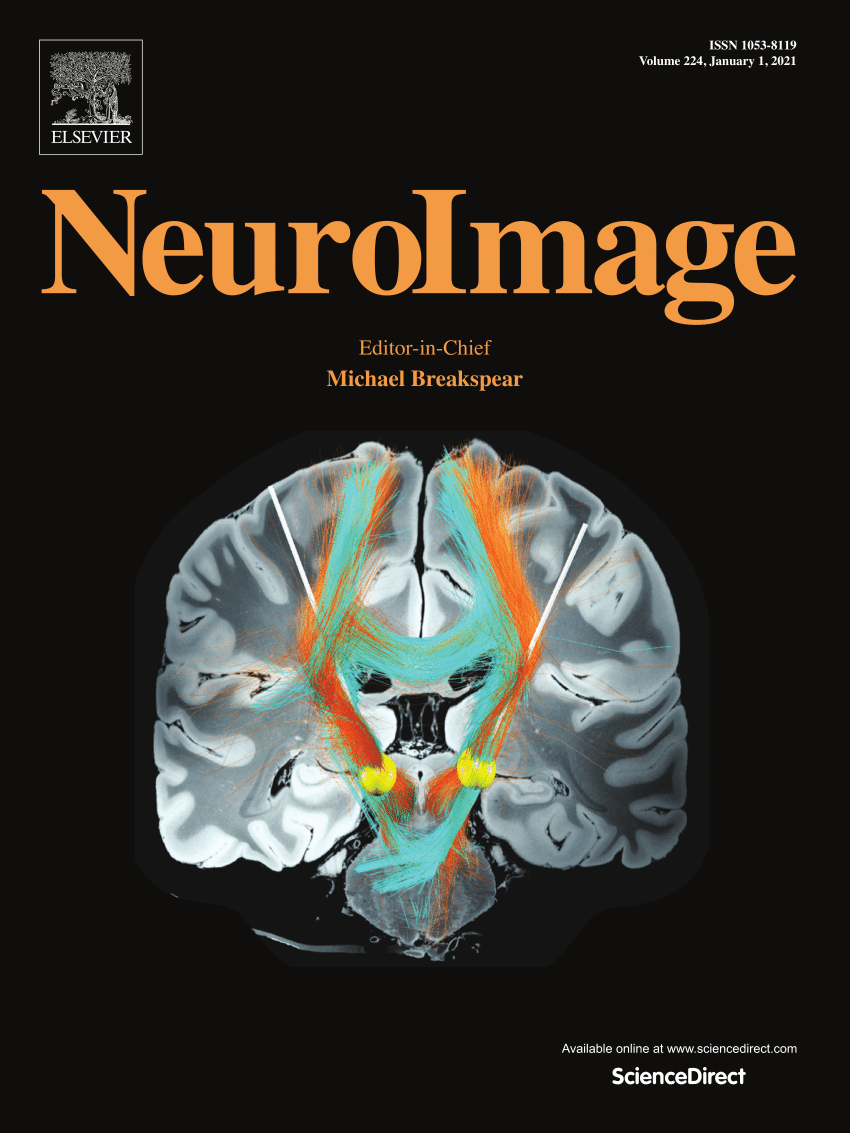DCSLK: Combined large kernel shared convolutional model with dynamic channel Sampling
IF 4.7
2区 医学
Q1 NEUROIMAGING
引用次数: 0
Abstract
This study centers around the competition between Convolutional Neural Networks (CNNs) with large convolutional kernels and Vision Transformers in the domain of computer vision, delving deeply into the issues pertaining to parameters and computational complexity that stem from the utilization of large convolutional kernels. Even though the size of the convolutional kernels has been extended up to 51×51, the enhancement of performance has hit a plateau, and moreover, striped convolution incurs a performance degradation. Enlightened by the hierarchical visual processing mechanism inherent in humans, this research innovatively incorporates a shared parameter mechanism for large convolutional kernels. It synergizes the expansion of the receptive field enabled by large convolutional kernels with the extraction of fine-grained features facilitated by small convolutional kernels. To address the surging number of parameters, a meticulously designed parameter sharing mechanism is employed, featuring fine-grained processing in the central region of the convolutional kernel and wide-ranging parameter sharing in the periphery. This not only curtails the parameter count and mitigates the model complexity but also sustains the model's capacity to capture extensive spatial relationships. Additionally, in light of the problems of spatial feature information loss and augmented memory access during the 1 × 1 convolutional channel compression phase, this study further puts forward a dynamic channel sampling approach, which markedly elevates the accuracy of tumor subregion segmentation. To authenticate the efficacy of the proposed methodology, a comprehensive evaluation has been conducted on three brain tumor segmentation datasets, namely BraTs2020, BraTs2024, and Medical Segmentation Decathlon Brain 2018. The experimental results evince that the proposed model surpasses the current mainstream ConvNet and Transformer architectures across all performance metrics, proffering novel research perspectives and technical stratagems for the realm of medical image segmentation.
DCSLK:将大核共享卷积模型与动态通道采样相结合
本研究围绕大卷积核卷积神经网络(cnn)与视觉变压器在计算机视觉领域的竞争,深入探讨了大卷积核利用所带来的参数和计算复杂性问题。尽管卷积核的大小已经扩展到51×51,但性能的增强已经达到了一个平台,而且,条纹卷积会导致性能下降。受人类固有的层次视觉处理机制的启发,本研究创新性地引入了一种大卷积核的共享参数机制。它将大卷积核支持的接受野扩展与小卷积核支持的细粒度特征提取协同起来。为了解决参数数量激增的问题,采用了精心设计的参数共享机制,在卷积核的中心区域进行细粒度处理,在外围区域进行广泛的参数共享。这不仅减少了参数数量,降低了模型的复杂性,而且保持了模型捕获广泛空间关系的能力。此外,针对1 × 1卷积信道压缩阶段存在的空间特征信息丢失和增强记忆访问等问题,本研究进一步提出了一种动态信道采样方法,显著提高了肿瘤子区域分割的准确性。为了验证所提出方法的有效性,我们对BraTs2020、BraTs2024和Medical segmentation Decathlon brain 2018三个脑肿瘤分割数据集进行了综合评价。实验结果表明,该模型在所有性能指标上都优于当前主流的ConvNet和Transformer架构,为医学图像分割领域提供了新的研究视角和技术策略。
本文章由计算机程序翻译,如有差异,请以英文原文为准。
求助全文
约1分钟内获得全文
求助全文
来源期刊

NeuroImage
医学-核医学
CiteScore
11.30
自引率
10.50%
发文量
809
审稿时长
63 days
期刊介绍:
NeuroImage, a Journal of Brain Function provides a vehicle for communicating important advances in acquiring, analyzing, and modelling neuroimaging data and in applying these techniques to the study of structure-function and brain-behavior relationships. Though the emphasis is on the macroscopic level of human brain organization, meso-and microscopic neuroimaging across all species will be considered if informative for understanding the aforementioned relationships.
 求助内容:
求助内容: 应助结果提醒方式:
应助结果提醒方式:


